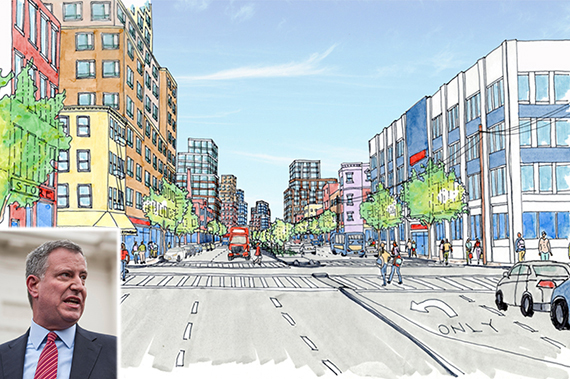Trending
De Blasio housing plan faces integration challenges
Housing advocates fear higher-income New Yorkers will force out existing residents in segregated neighborhoods

Mayor Bill de Blasio may have succeeded in passing his ambitious affordable housing plan through City Council, but he and his administration still have much work to do on addressing concerns over housing segregation in New York City.
The City Council’s passage of de Blasio’s Mandatory Inclusionary Housing (MIH) proposal last month was a boost to the mayor’s pledge to build 80,000 new units of affordable housing in the city over the next 10 years – while both building and preserving roughly 200,000 affordable units in that span. But the matter of integrating many of the city’s neighborhoods is an altogether more complicated undertaking that has put both housing and civil rights advocates – two groups close to de Blasio – at odds with one another.
Of particular concern is whether the MIH proposal’s promise to bring greater density – as well as more affordable units – to neighborhoods slated for rezoning will ultimately lead to higher rents and a subsequent “whitening” of those areas, rather than a greater integration of ethnicities, the New York Times reported.
The East New York section of Brooklyn is the first area slated for rezoning under the terms of MIH, and housing advocates have pushed for more city-subsidized apartments set aside for poor households in the neighborhood.
Nearly half of the city’s 59 community districts are dominated by a single racial or ethnic block, according to the de Blasio administration’s housing plan, and the city now has to account for federal rules requiring local governments to advance housing integration or risk losing federal housing funds. [NYT] — Rey Mashayekhi




